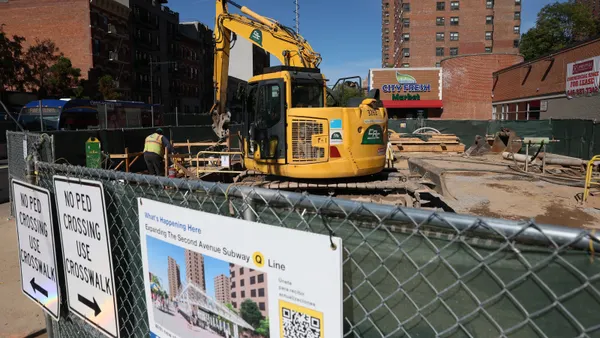Dive Brief:
-
More than one-third of adults in the U.S. live with family members or roommates, up from 27.4% in 2006, according to Zillow. The median number of adults per household nationwide is 1.83, compared with 1.75 in 2000.
-
The result: 5.4 million fewer U.S. households have been formed over a decade.
-
The “doubling up” of households is most common in California and Florida, where the increase in rents has been greater than the increase in incomes.
Dive Insight:
Zillow Chief Economist Stan Humphries called this phenomenon “a troubling sign of the times” that “starkly illustrates one of the prime drivers behind weak home sales these days.”
Still, he pointed to a silver lining. “Like a coiled spring, all of these doubled-up households represent tremendous potential energy for the market. If and when these compressed households begin to unwind and these millions of Americans do start to create their own households, demand will bounce back, possibly even causing household growth to outpace population growth,” Humphries said.













